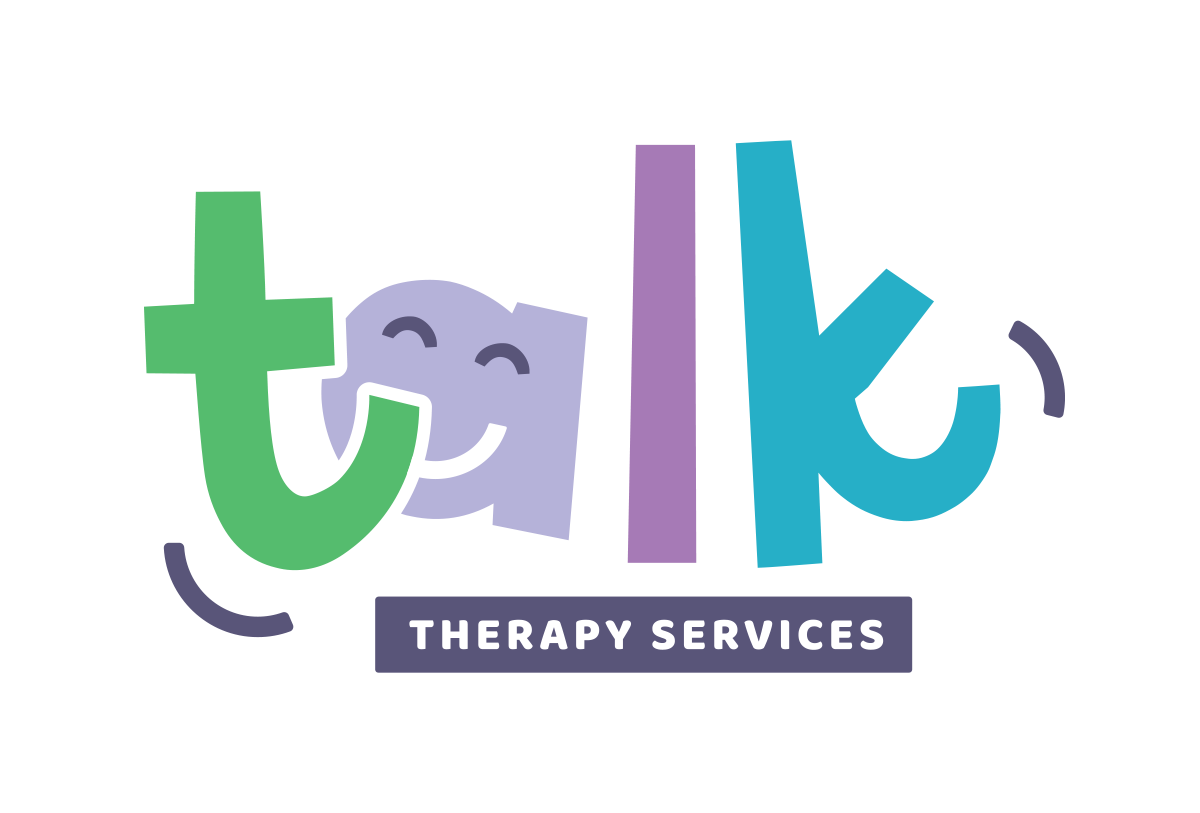The Impact of Music on Language Development
Music has long been celebrated for its ability to inspire, connect, and soothe. Beyond its emotional and cultural significance, research has increasingly highlighted music's powerful role in supporting language development. For children and adults alike, engaging with music can enhance auditory skills, foster vocabulary growth, and improve communication abilities.
The Science Behind Music and Language
Music and language share similar neural pathways in the brain, making musical activities a natural complement to language development. Both rely on:
• Auditory Processing: Recognizing and interpreting sounds, rhythms, and patterns.
• Memory: Retaining sequences, whether lyrics in a song or sentence structures in speech.
• Motor Skills: Coordinating breathing, vocalization, and physical movements, essential for articulation and rhythm in both music and speech.
Studies have shown that children exposed to musical training demonstrate enhanced phonological awareness, which is a key predictor of reading success. Similarly, listening to and participating in musical activities can improve auditory discrimination, helping children differentiate between sounds crucial for language comprehension.
Benefits of Music for Language Development
1. Improved Phonemic Awareness Singing songs, especially those with rhymes and repetitive patterns, helps children identify and manipulate sounds within words. This foundational skill is critical for reading and spelling.
2. Expanded Vocabulary Songs often introduce new words and phrases in meaningful contexts. Exposure to diverse lyrics enriches a child’s vocabulary and comprehension.
3. Enhanced Social Communication Group musical activities, such as singing in a choir or playing in a band, teach turn-taking, listening, and collaboration—essential components of effective communication.
4. Stronger Memory Skills The rhythmic and melodic nature of music aids memory retention, making it easier for individuals to learn and recall language-based information.
Practical Ways to Use Music for Language Development
1. Singing Nursery Rhymes and Songs Introduce simple songs that emphasize repetition and rhyme, such as “Twinkle, Twinkle, Little Star” or “The Wheels on the Bus.” These help children practice sounds, rhythm, and new words.
2. Playing Musical Games Engage children in activities like "Simon Says" with musical cues, which combine movement and listening skills, reinforcing both language and motor development.
3. Using Instruments to Highlight Patterns Simple percussion instruments can help children recognize rhythm and syllable patterns, linking music to speech flow.
4. Creating Personalized Songs Tailor songs to include the child’s name, favorite activities, or specific speech goals. Personalization boosts engagement and makes learning meaningful.
Music in Speech Therapy
Speech-language pathologists often incorporate music into therapy sessions to make learning engaging and effective. For instance:
• Melodic Intonation Therapy (MIT): This technique uses singing and rhythm to help individuals with aphasia recover speech.
• Chants and Rhythmic Activities: These can help clients practice articulation, pacing, and fluency.
Music is a universal tool that bridges the gap between enjoyment and education. Its ability to engage multiple senses and brain regions makes it a uniquely effective method for fostering language development. Whether through playful songs, rhythmic games, or structured therapy techniques, music offers a joyful pathway to improved communication skills. Encouraging families to incorporate music into daily routines can amplify its benefits, setting the stage for lifelong learning and connection.

